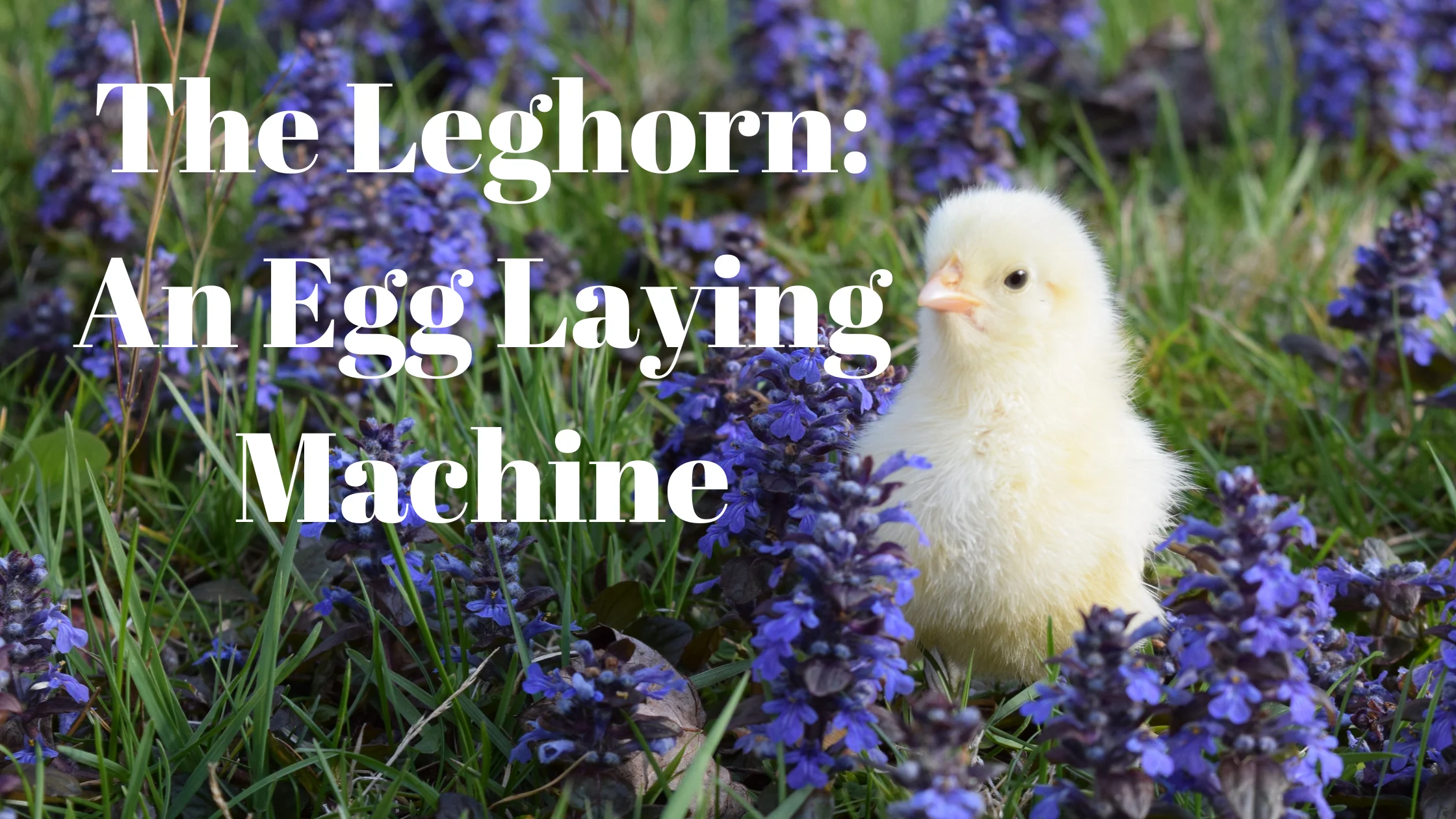The Leghorn: An Egg Laying Machine
The Leghorn is a standout among chicken breeds, renowned for its prolific egg-laying abilities and distinctive appearance. Originating from Italy, this breed is a symbol of efficiency in the poultry world, celebrated for producing a high volume of eggs while maintaining minimal feed consumption.
Importance in the Poultry Industry
In the realm of commercial egg production, Leghorns play a pivotal role. Their exceptional productivity and adaptability to various farming environments make them indispensable to both large-scale poultry operations and small backyard coops. Their influence extends beyond egg production, contributing to the genetic enhancement of other chicken breeds.
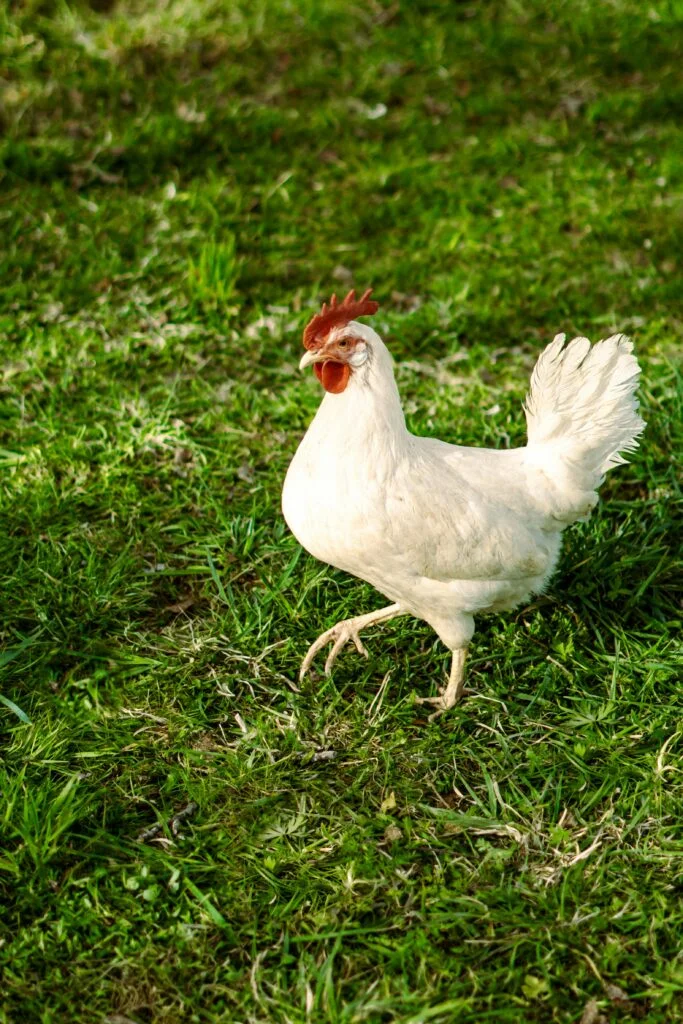
History and Origin
Italian born and bred
The Leghorn breed originated in the Tuscany region of Italy, where it was initially known as “Livorno” after the Italian port from which these chickens were first exported. The breed was developed primarily for its egg-laying capacity and hardiness, characteristics that would later make it a global favorite.
Development and Spread to Other Countries
In the mid-19th century, Leghorns were exported to North America and other parts of the world, where they quickly gained popularity. In the United States, selective breeding further refined the breed to enhance its egg-laying capabilities and adaptability to various climates. This led to the development of several subtypes of the Leghorn, each characterized by different feather colors but maintaining the breed’s renowned productivity.
A Big Role in Commercial Egg Production
The widespread adoption of Leghorns in commercial operations revolutionized the poultry industry. Their ability to lay a high number of eggs, coupled with their low maintenance requirements, made them a cornerstone breed in modern egg production. Their genetics have influenced many other breeds, enhancing global poultry practices.
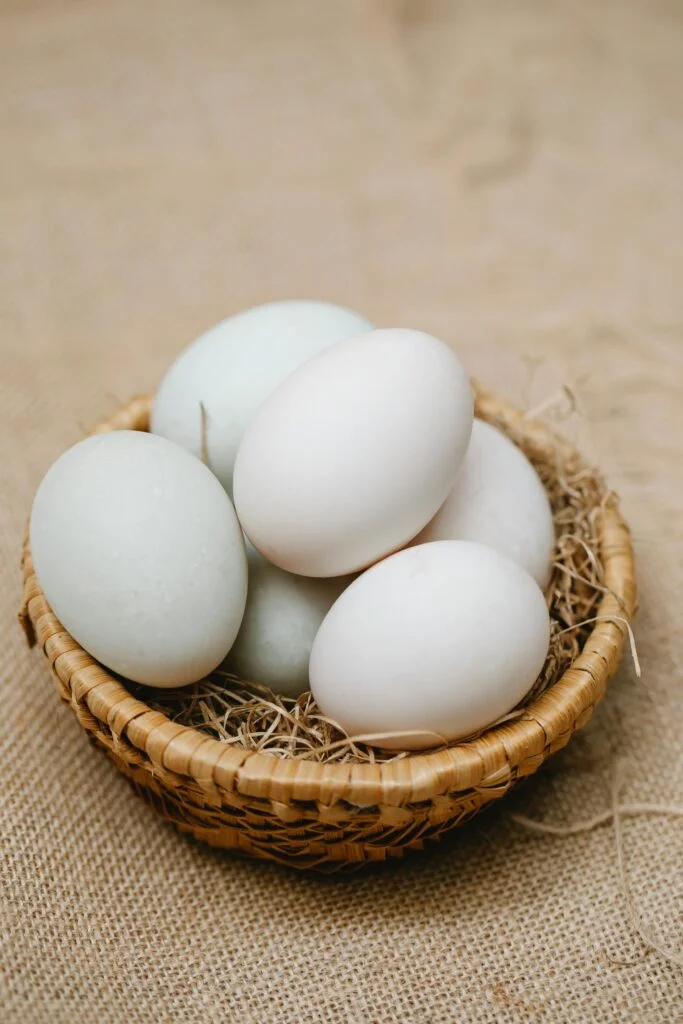
Physical Characteristics
Appearance
Leghorns stand out with their sleek, slender builds and an upright posture that signals their alertness and vigor. Known for their efficiency and agility, these chickens have a streamlined body that is well-suited for high egg production.
1. Color Variations
Although the pristine White Leghorn is most commonly associated with this breed, Leghorns come in a delightful array of colors. Variants include Black, Red, Buff, Light Brown, Dark Brown, and exotic patterns like Silver and Golden Duckwing. Each color shares the breed’s essential characteristics but adds a distinct visual appeal.
2. Size and Weight
Leghorns are considered a lightweight chicken breed. The roosters typically weigh around 6-7 pounds (2.7-3.2 kg), while hens are slightly lighter, usually weighing between 4-5 pounds (1.8-2.3 kg). This lighter build contributes to their energetic and active nature.
Features of the Leghorn
Leghorns are quickly recognized by their prominent combs and wattles, particularly the large single or rose combs seen in many of the breed. These features are not only visually striking but also functional, aiding in cooling in hot climates.
1. Large Combs and Wattles
The large combs and wattles of the Leghorn are more than just ornamental; they play a crucial role in thermoregulation. While advantageous in hot environments, they do require care to prevent frostbite in colder settings.
2. Sleek Body Shape
The body of a Leghorn is tailored for productivity. Their narrow, aerodynamic form allows for quick movements and contributes to their sometimes skittish behavior. This body type not only supports their physical agility but also underscores their efficiency as egg layers.
Temperament and Behavior
Leghorns are characterized by their vibrant and spirited disposition. They are alert and active birds, often found busily exploring their environment. While this makes them excellent foragers, especially in a free-range setup, it can also manifest as skittishness under more restrictive conditions.
1. Activity Level
Noted for their vigorous nature, Leghorns are constantly on the move. Their inclination to scratch and forage vigorously makes them well-suited to environments where they can express these natural behaviors freely, showcasing their robustness and adaptability.
2. Interaction with Humans and Other Chickens
Leghorns are somewhat independent and may not be as cuddly or affectionate as other chicken breeds. They can become more comfortable with human interaction if socialized from a young age, but generally, they maintain a degree of aloofness. In a flock, they tend to assert themselves, which can sometimes lead to dominance behavior, particularly in confined spaces.
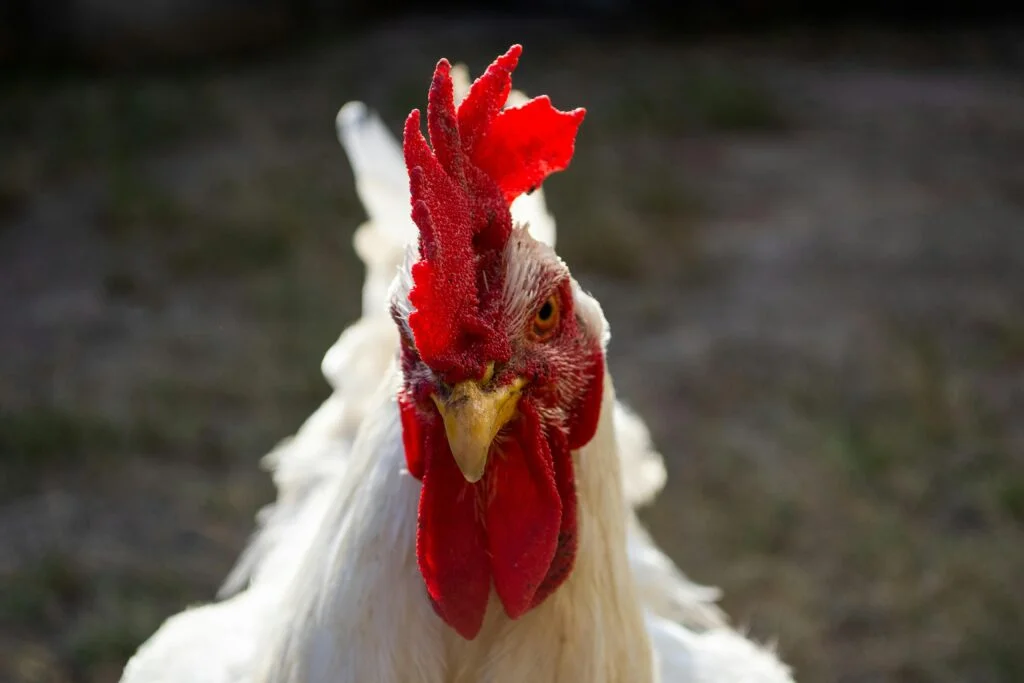
Suitability for Backyard Flocks
Leghorns are a fantastic choice for backyard flocks where egg production is a priority. They do well in settings that accommodate their need for space and activity, but considerations must be made for their temperament and social dynamics.
1. Space Requirements
Leghorns flourish in environments that provide ample room to roam and engage in natural behaviors. Confinement can lead to stress and associated behavioral issues, so ample space is crucial for maintaining their health and happiness.
2. Compatibility with Other Breeds
Due to their active and sometimes dominant nature, Leghorns can overshadow more subdued or docile chicken breeds. It’s important for poultry keepers to carefully consider the breed composition of their flock to ensure compatibility and minimize conflicts.
Productivity
Leghorns are among the most prolific egg layers in the poultry world, making them a favored choice for both commercial scale and hobbyist egg production. Their efficiency is notable in terms of both the quantity and the quality of eggs produced.
1. Quantity and Frequency of Eggs
Leghorn hens are exceptional egg producers, typically laying between 280 and 300 large eggs annually. They begin laying at an impressively young age—around 4 to 5 months—and can keep up a high rate of production well into their lifespan.
2. Egg Color and Size
Leghorn eggs are characterized by their large size and pristine white shells, attributes highly valued in many markets globally. These eggs are not just abundant but also feature strong shells and high-quality yolks, making them a top pick for both consumption and retail.
Meat Production
Although primarily celebrated for their egg-laying abilities, Leghorns also offer some utility in meat production, particularly in contexts where dual-purpose breeds are preferred.
1. Use in Meat Production
While Leghorns are not traditionally bred for meat, they can be used in this capacity, particularly in backyard or small farm settings. They are ideal for those looking for a sustainable option, providing both eggs and meat from the same bird.
2. Quality of Meat
The meat from Leghorns is lean and contains less fat compared to typical meat breeds. It offers a healthier meat option, albeit with a lighter flavor and smaller quantity. This lean meat can be particularly appealing for those seeking a healthier poultry meat alternative, balancing egg and meat production efficiently.
The productivity features of Leghorns, particularly their exceptional egg-laying abilities, make them a standout choice for anyone involved in poultry farming. Their adaptability and low-maintenance nature further enhance their appeal as a top breed in various poultry keeping settings.
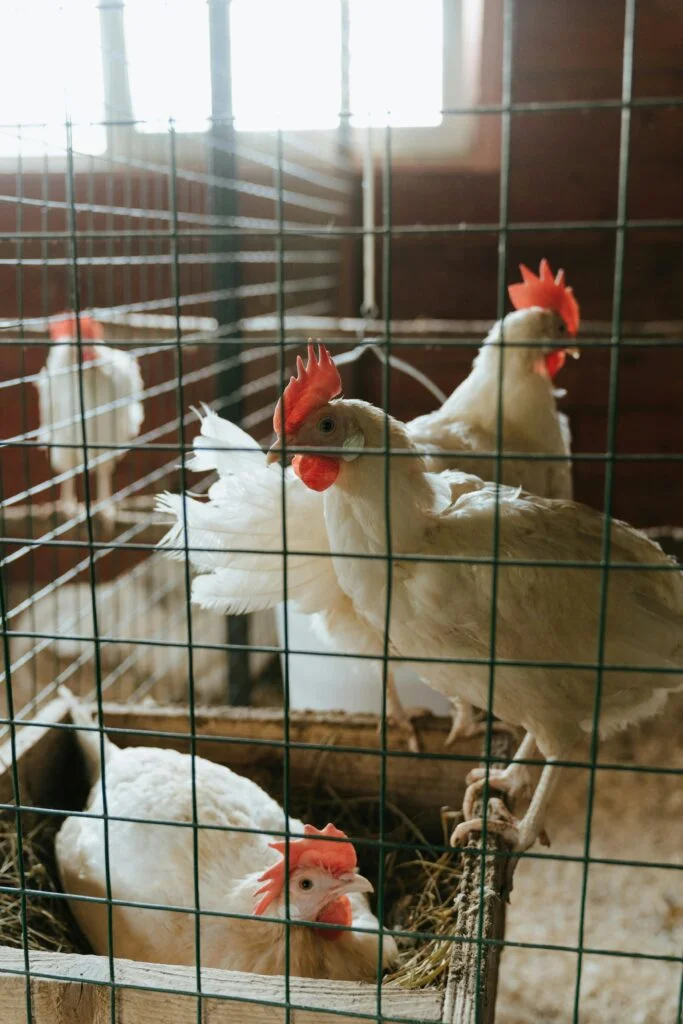
Care and Management
Proper nutrition is essential for maintaining the health and egg production of Leghorn chickens. They are relatively low-maintenance in terms of their dietary needs, but like all poultry, they thrive on a balanced diet.
1. Diet Preferences and Needs
Leghorns do well on a standard layer feed that provides a balanced mix of protein, vitamins, and minerals necessary for egg production. Access to fresh water at all times is crucial. Supplementing their diet with greens, vegetables, and occasional protein treats can help keep them healthy and enhance their egg quality.
2. Feeding Tips for Optimal Health
It’s important to monitor the amount of feed and the quality to prevent obesity, which can reduce their lifespan and productivity. Proper feeding practices, such as providing feed at regular intervals and ensuring that the feed is fresh and clean, are essential.
Health and Wellness
Leghorns are generally hardy birds, but they are still susceptible to common poultry diseases and issues, particularly those related to their environment and care.
1. Common Health Issues and Diseases
Common health concerns include respiratory diseases, parasitic infections, and issues related to their large combs, such as frostbite in colder climates. Regular health checks, vaccinations, and preventive treatments can help keep these issues at bay.
2. Preventative Measures and Treatments
Preventative care is key in managing the health of Leghorn chickens. This includes maintaining clean and dry housing, regular parasite control, and vaccinations. Awareness and prompt action on any signs of illness are also crucial for preventing disease spread.
Housing Needs
Providing suitable housing for Leghorns is vital to protect them from the elements and predators, and to support their health and egg production.
1. Coop Design and Space Requirements
Leghorns are active and enjoy space to roam. A spacious coop with adequate ventilation is essential, as well as safe, enclosed run areas where they can forage and exercise safely. Each bird should have enough space to move freely to prevent stress and aggression.
2. Environmental Considerations
Protection against extreme temperatures is crucial due to their large combs and wattles. In colder climates, measures to prevent frostbite (like heating the coop or providing windbreaks) are necessary. In hotter areas, ensuring shade and adequate ventilation will help keep them cool.
Breeding
Leghorns are not only prolific layers but also offer robust genetics for breeding programs, making them a preferred choice for both large-scale and hobbyist breeders. Efficient breeding practices have been pivotal in enhancing desirable traits like egg production, hardiness, and adaptability.
1. Selective Breeding
Selective breeding in Leghorns primarily focuses on maximizing egg production, improving feed conversion efficiency, and enhancing the bird’s adaptability to different environmental conditions. Breeders carefully select for traits that ensure the birds not only thrive in their environments but also have the physical characteristics desirable in the market, such as egg size and shell quality.
2. Genetic Health and Diversity
Maintaining genetic diversity is crucial in Leghorn breeding to avoid inbreeding complications and to ensure the health and vitality of the breed. Breeding programs often integrate birds from different lines to preserve genetic diversity and enhance breed robustness. The genetic preservation of Leghorns is essential for sustaining their identity and ensuring their continuing viability as a top choice for egg producers.
1. Preservation Initiatives
Breed clubs and agricultural organizations engage in efforts to maintain the purity and distinct characteristics of the Leghorn varieties. These include establishing breed standards, keeping comprehensive pedigrees, and encouraging breeders to adhere to best practices in breed conservation.
2. Future Focus in Breeding
Looking forward, Leghorn breeding programs aim to further enhance traits such as disease resistance and overall health. There’s also an increasing focus on optimizing Leghorns for different farming setups, especially those prioritizing animal welfare and environmental sustainability, such as organic and pasture-based systems.
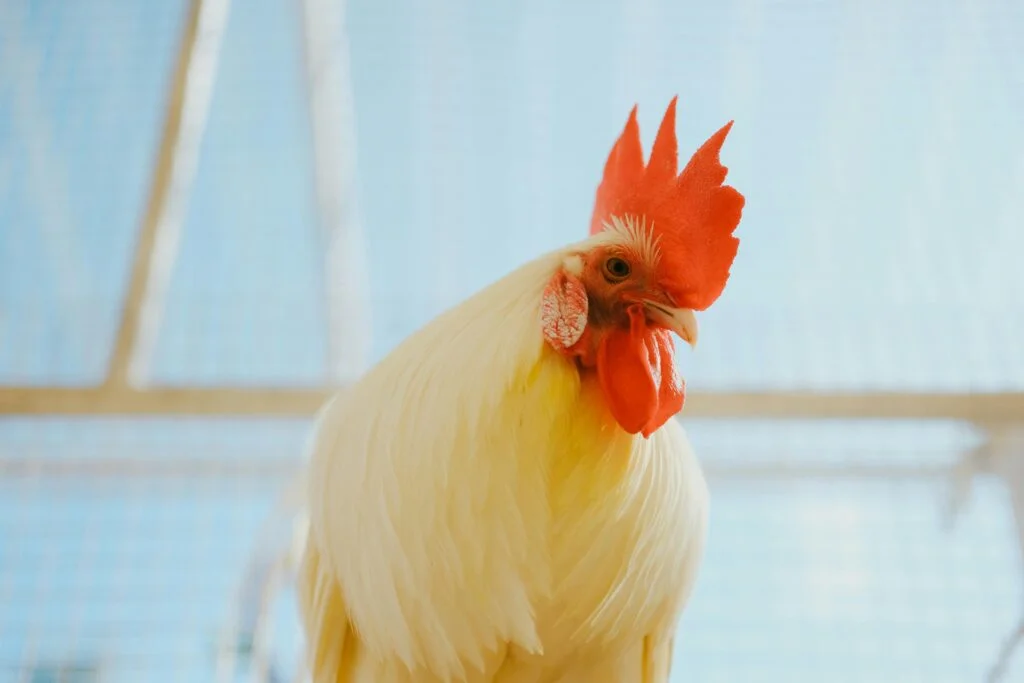
Some possible cons
Sensitivity to Cold Weather…
Leghorns, with their large combs and wattles, are particularly susceptible to cold weather, which can lead to frostbite—a serious concern in colder climates.
1. Cold Weather Management
To mitigate this risk, ensure that Leghorn chickens have access to a well-insulated, draft-free coop. Minor heating can help maintain a stable temperature during extreme cold, and applying petroleum jelly to combs and wattles can provide extra protection against frostbite.
Vulnerability to Predators
The active and exploratory nature of Leghorns makes them more visible and potentially attractive to predators. Their inclination to roam can further increase this risk.
1. Enhancing Security
To protect these birds, robust and secure housing is crucial. Use high fences that deter climbing or digging predators, and cover runs to protect against aerial threats. Regular patrols and guardian animals can also be effective in deterring predators.
Nutritional Requirements
Given their high level of activity and substantial egg production, Leghorns require carefully managed nutrition to prevent health issues and maintain productivity.
1. Optimizing Diet
Feed a high-quality layer ration that supports egg production without contributing to obesity. Ensure access to fresh water and supplements like oyster shell for calcium, which helps in maintaining strong eggshells, particularly vital for prolific layers like Leghorns.
Social Dynamics in Mixed Flocks
Leghorns are known for their assertiveness, which can disrupt the pecking order in mixed-breed flocks, potentially causing stress and aggression issues.
1. Flock Integration and Management
Introduce Leghorns gradually to existing flocks to monitor and manage social interactions. Provide ample space to allow for natural behaviors and retreats, reducing stress and aggression among flock members. This careful management helps maintain a harmonious environment for all breeds involved.
Contribution to Sustainability
Role in Sustainable Farming Practices
Leghorns play a significant role in sustainable farming due to their efficient production capabilities and adaptability to various farming systems. Their ability to produce a high volume of eggs while consuming relatively low amounts of feed makes them an ideal choice for farmers focusing on efficient resource use.
1. Efficiency in Egg Production
Their prolific egg-laying ability means that fewer chickens are needed to produce the same number of eggs compared to less productive breeds. This efficiency can lead to a reduced environmental footprint in terms of feed, land, and water usage.
2. Adaptability to Organic and Free-Range Systems
Leghorns are well-suited to organic and free-range farming setups. Their natural foraging behavior and hardiness allow them to thrive in environments that prioritize animal welfare and environmental health, further supporting sustainable agricultural practices.
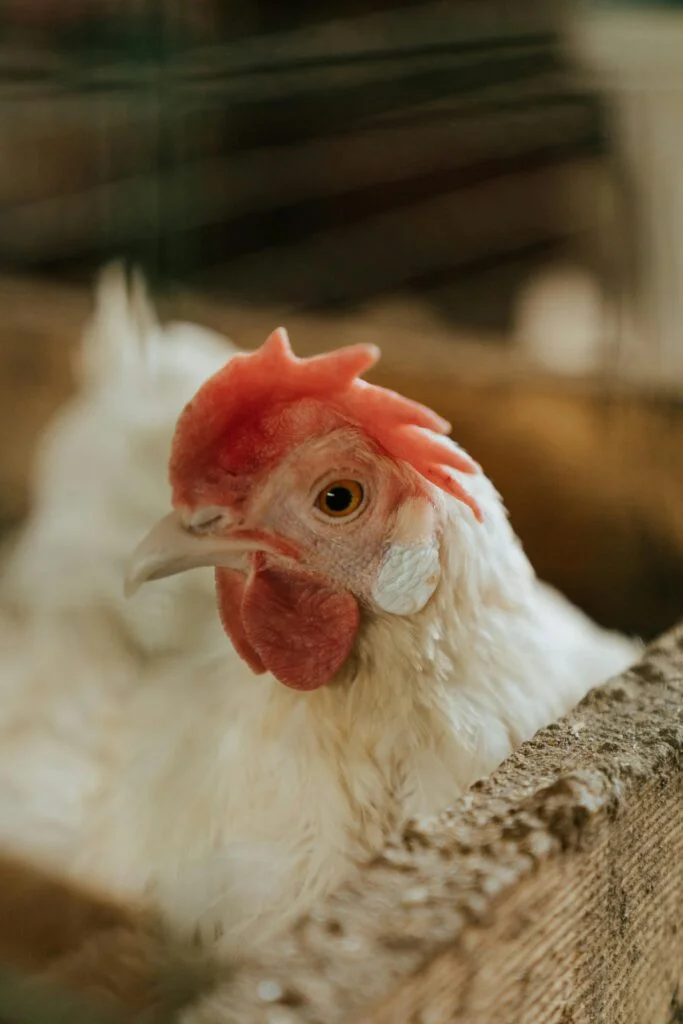
In Conclusion
Leghorns are distinguished by their exceptional egg production, hardiness, and relatively low care requirements, making them a favored choice in both commercial and backyard settings. Their active and alert nature, along with their ability to adapt to different environments, adds to their appeal.
Final Thoughts on the Breed’s Contribution to Poultry Farming
The Leghorn breed’s significant contributions to poultry farming—particularly in terms of egg production and sustainability—cannot be overstated. They have set standards in the industry for efficiency and productivity. For those interested in poultry farming, whether at a commercial level or as backyard hobbyists, Leghorns offer numerous benefits and fulfill various roles effectively.
OhCluck.com is a participant in the Amazon Services LLC Associates Program, an affiliate advertising program designed to provide a means for sites to earn advertising fees by advertising and linking to Amazon.com
Comments
0 comments

